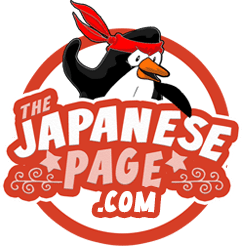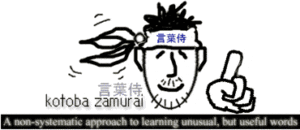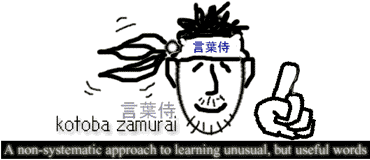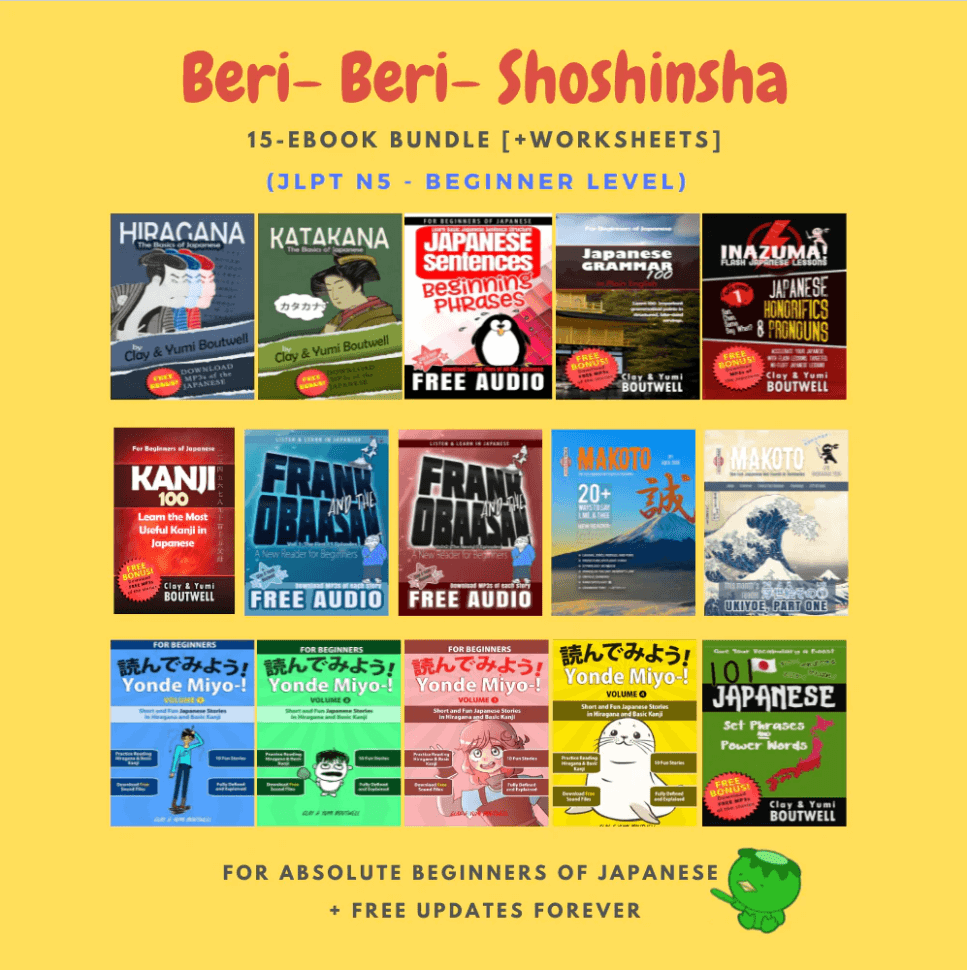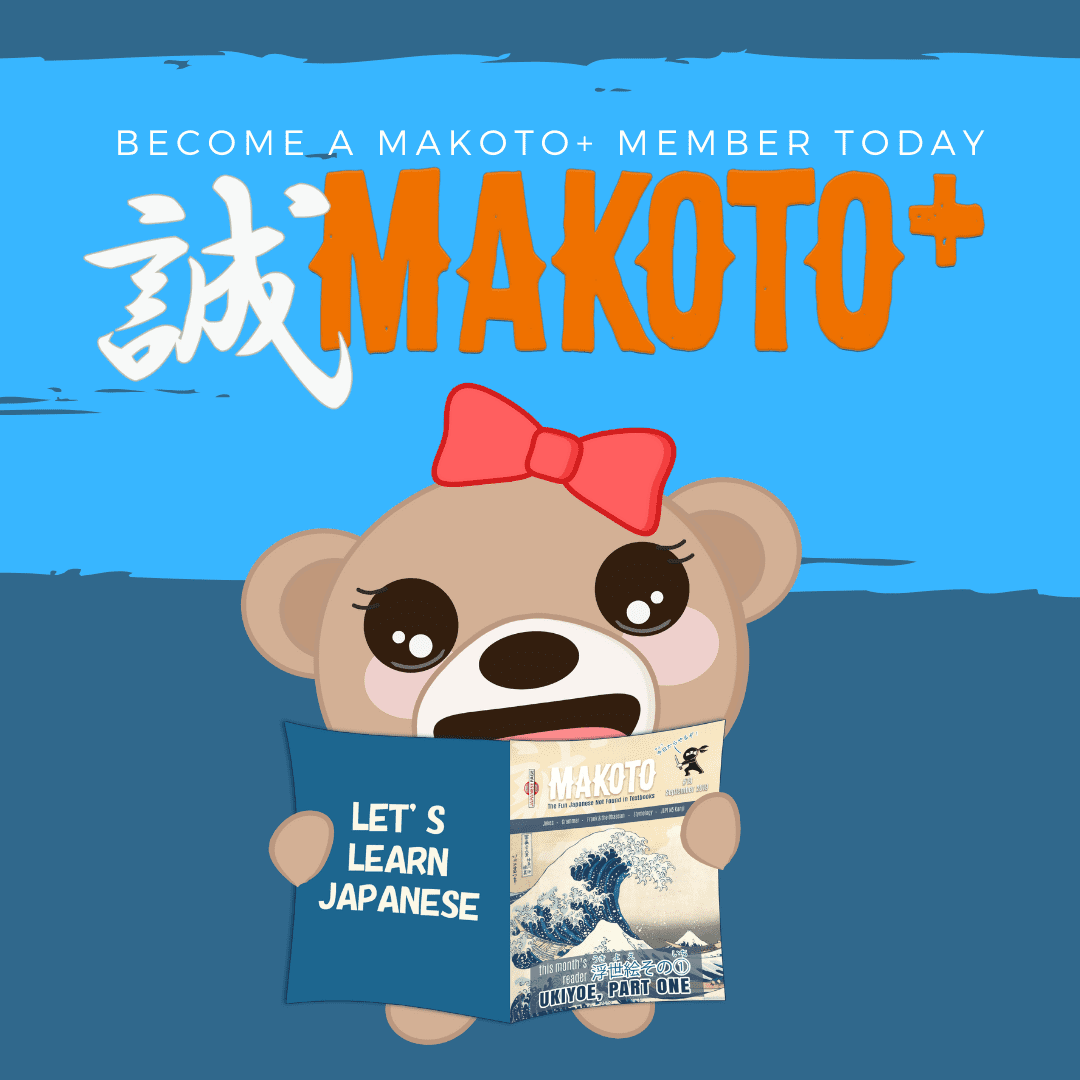Volume 1: Kanji for a few familiar brands
ご機嫌いかがでござるか? (go kigen ikaga de gozaru ka - How are you? (in Samurai-ish))
The following is a list of Japanese companies with a look at their kanji and some history. Most companies don't use their kanji much even in Japan, so the real-world usefulness of this article is negotiable. That being said, you will be a big hit at your next kanji party.
The order of the list is purely random. I assure you I don't own any stock or have any affiliation with any listed company [however, if you, the reader, work for any of these companies as an advertising consultant, send me 5 bucks and I will move your company to the top. Buying my influence is pretty cheap.]
さて、さっそくはじめましょうか・・・
1) Toyota
Kanji: 豊田
- More often it is written in katakana in Japan - トヨタ
- 豊 toyo means abundant and 田 ta means field
- The car company was started in 1937 by Toyoda (The Toyota website writes this in romaji with a D) Kiichirou 豊田喜一郎; it was a spin-off from Toyoda Automatic Loom Works, one of the world's leading manufacturers of weaving machinery.
- For more on the history please go here
- In 1951, 豊田市 (Toyota City) in Aichi was founded. It houses the head office of the Toyota Motor Corporation
2) Nissan
Kanji: 日産
- 日 ni(chi) means sun and 産 san means birth.
- Company was established December 26th, 1933.
- Renamed Nissan Motor Co., Ltd. on June 1, 1934.
- Founded by 鮎川義介 (Aikawa Yoshisuke).
- 橋本増治郎 Hashimoto Masujiro's company [the Kwaishinsha Co.,] which started in 1911 was Nissan's predecessor (before merging with another company and a few name changes).
- The DAT in Datsun represents the first letters of the family names of Hashimoto's three principal backers: Kenjiro Den, Rokuro Aoyama and Meitaro Takeuchi.
- Therefore, Datsun is written ダットサン in Japanese even though looking at the romaji you would think it would be ダツン - one more reason why smoking romaji kills.
3) Mitsubishi
Kanji: 三菱
- 三 means three and 菱 means diamond shape - hence the logo.
- The famous samurai Sakamoto Ryoma founded Japan's first corporation 海援隊 Kaientai in 1867 which according to Romulus Hillsborough was the precursor to Mitsubishi. More on this after doing some research!
4) Mazda
Kanji: 松田 Matsuda
- 松 matsu means pine tree and 田 da (ta with sound change) means field.
- I have *heard* the name was changed to maZda thanks to a "psychic" who used her incredible powers to determine the Z sound would be easier for Westerners to pronounce than the non-English sound, TSU.
- Company was founded in 1920 as Toyo Cork Kogyo Co., Ltd in 広島 Hiroshima.
5) Sony
Katakana: ソニー
- The original name was 東京通信工業株式会社 [Toukyou tsuushin kougyou kabushiki gaisha] Tokyo Telecommunications Engineering Corporation or東通工 Toutsuukou for short.
- 井深 大 Masaru Ibuka and 盛田 昭夫 Akio Morita, founded Sony shortly after WWII.
- They started by repairing damaged or censored-during-the-war shortwave radios.
- From Sony's extensive history pages: The company name "Sony" was created by combining two words. One is "sonus" in Latin, which is the root of the such words as "sound" and "sonic." The other is "sonny" meaning little son. The words were used to show that "Sony" is a very small group of young people who have the energy and passion toward unlimited creation.
6) Honda
Kanji: 本田
- Began by 本田宗一郎 Honda Souichirou in October 1946.
- Named 本田技研工業株式会社 [Honda giken kougyou kabushiki gaisha] Honda Motor Co., Ltd.September 24, 1948.
7) Yamaha
Katakana: ヤマハ [山葉 - but almost always written in katakana]
- From Yamaha music history: 山葉寅楠 Yamaha Torakusu builds his first reed organ and begins taking orders for more.
- In October 1897, 日本楽器製造株式会社 [nihon gakki seizou kabushiki gaisha] Nippon Gakki Co., Ltd. is established.
- In 1900 they begin producing pianos.
- Motorcycle manufacturer founded on July 1, 1955.
- For more on their Music focused corporation: http://www.global.yamaha.com/
- For more on their motor corporationa: http://www.yamaha-motor.co.jp/global/index.html
8) Fujitsu
Kanji: 富士通 fujitsuu
- June 20, 1935 富士通信機製造株式会社 [fuji tsuushinki seizou kabushiki gaisha] is established as an offshoot of Fuji Electric.
- 富士 is the same kanji as 富士山 Mount Fuji.
- June 1967 changes name to 富士通株式会社 Fujitsu Kabushiki Kaisha (Fujitsu Limited).
- For more on Fujitsu history, please click here.
9) Suzuki
Kanji: 鈴木
- 鈴 suzu means small bell and 木 ki means tree
- 鈴木式織機製作所 Suzuki Loom Works founded in Hamamatsu, Shizuoka Pref., by Michio SUZUKI. in 1909 (明治42年)
- 鈴木自動車工業株式会社 [Suzuki jidousha kougyou kabushiki gaisha] Suzuki Motor Co.,Ltd. in June 1954 (昭和29年)
- Finally changed name to スズキ株式会社 [Suzuki kabushiki kaisha] in October 1990 (平成2年)
- For more on Suzuki history, please see here
10) Hitachi
Kanji: 日立
- 日 hi means sun/day and 立 tachi means stand up.
- Founded in 1910 by Namihei Odaira as an electrical repair shop.
- Developed Japan's 新幹線 Shinkansen (bullet trains).
- They also developed the electric blanket I used in the winter while in Japan. Cost me 10,000 yen, but since I survived those winters, I'd say it was worth it...
11) Panasonic / National
Kanji: 松下電器
- Started in March, 1918 by 松下幸之助 Matsushita Konosuke.
- The company name is 松下電器産業株式会社 matsushita denki sangyou kabushiki gaisha (Matsushita Electric Industrial Co., Ltd.) and you do see that on many of their products, but more often it is written Panasonic or National.
- Okay, here is the reason behind the 2 other names:
- From Here: The Panasonic brand name was first employed in 1955 for audio speakers.
The Panasonic brand name is used as the global brand for all product categories. - From Here: The National brand name was first employed for square battery-powered bicycle lamps.
In 1925, the founder, Konosuke Matsushita, chose "National" as the trademark focusing importance on the word’s meaning, i.e. "of or relating to the people of a nation."
The National brand name is used for home appliances in the Japanese market.
There you have it. There are, of course, many other brands that would be interesting to look into. Should you find something or have something to add (or correct), please feel free to leave comments at the bottom and I will try to add them to this page.
さらば、友よ! [saraba, tomo yo! Goodbye, my friend]*
* like さようなら, さらば is used when you won't see someone again or for a long while. Of course, I hope to see you again soon, but it just sounds a lot cooler than またね...
